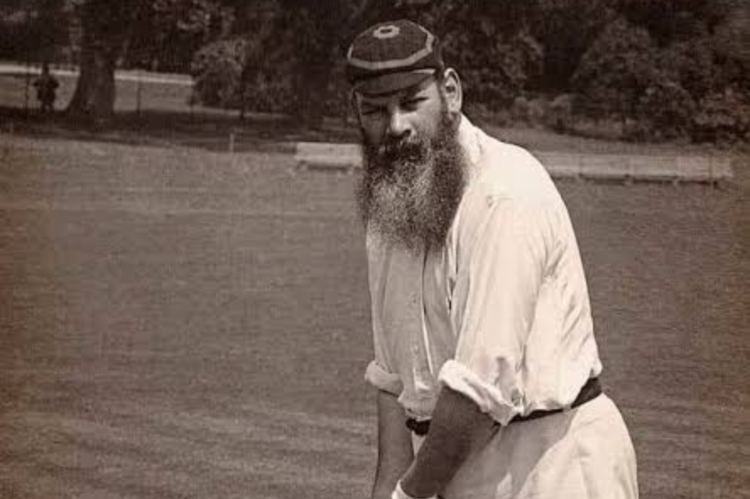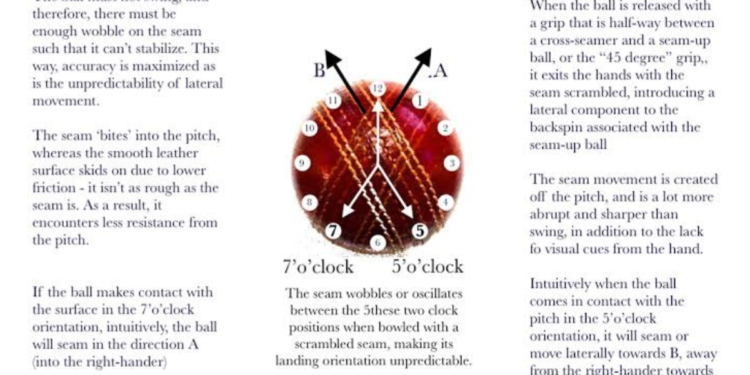The Origin of Cricket
Cricket is believed to have originated in England during the medieval period. The game was initially played by children in rural areas who would use sticks to hit a ball made out of wood. Over time, the game gained popularity and began to be played by adults in organized matches.
As the popularity of cricket grew, the rules and regulations of the game started to formalize. The first recorded cricket match took place in the 16th century, showcasing its early roots as a competitive sport. From its humble beginnings as a simple pastime enjoyed by children, cricket evolved into a sophisticated game with a rich history that continues to captivate players and fans around the world.
Early History of Cricket
Cricket, with its roots dating back to the medieval times, has a rich and intriguing history that has captivated enthusiasts around the globe. Believed to have been played as early as the 16th century, cricket started taking shape in South East England before spreading to other parts of the world. The sport’s popularity surged in the 17th century, with matches often being played in open fields.
During its infancy, the rules of cricket were not as well-defined as they are today. Matches were often informal, with players abiding by unwritten regulations that varied from one game to another. As the sport gained prominence, efforts were made to standardize the rules, leading to the establishment of the first written laws of cricket in the 18th century. These regulations laid the foundation for the modern game we recognize today, setting the stage for cricket to become a global phenomenon.
Evolution of Cricket Rules
As cricket progressed through the centuries, the rules governing the game underwent significant transformations. The early versions of cricket were informal and often played without standardized regulations. Players improvised rules as they went along, leading to inconsistencies and disputes.
It wasn’t until the 18th century that formalized rules started to take shape, with the introduction of the first known Laws of Cricket in 1744. These laws helped to codify the game and establish a more structured framework for matches. Over time, these rules continued to evolve and adapt to the changing needs of the sport, shaping cricket into the game we know today.
The Role of England in Cricket’s Development
Throughout history, England has played a pivotal role in the development and popularization of the sport of cricket. Dating back to the 16th century, cricket was already being played in England, and the country can be considered as the birthplace of modern-day cricket. The establishment of cricket clubs and the standardization of rules in England laid the foundation for the structured play of the game as we know it today.
English teams were amongst the first to codify the rules of cricket, setting the stage for the evolution and spread of the sport across the world. The Marylebone Cricket Club (MCC), founded in 1787, played a key role in formalizing the Laws of Cricket and is still regarded as the custodian of the game’s regulations. England’s influence extended beyond the rules, with the national team participating in the first-ever Test match against Australia in 1877, marking the beginning of international cricket competitions.
Key Figures in Cricket History
Cricket’s history has been shaped by numerous key figures who have left an indelible mark on the sport. One such legendary figure is Sir Donald Bradman, hailed as the greatest batsman in the history of cricket. The Australian’s remarkable batting prowess and unwavering consistency earned him a revered status in the cricketing world.
Another notable figure in cricket history is Sir Garfield Sobers, a versatile all-rounder from the West Indies. Sobers’ exceptional skills with both bat and ball set him apart from his peers, making him a cricketing icon admired for his extraordinary talent and sportsmanship on the field.























